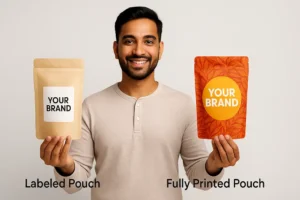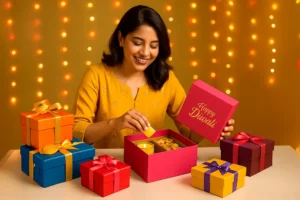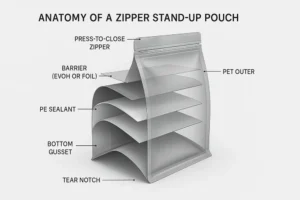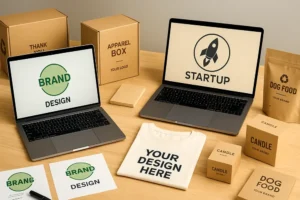FMCG Brand Success : Great packaging isn’t just attractive—it’s psychologically powerful.
Every shape, color, font, and texture on your packaging sends subconscious signals to consumers. When done right, packaging can dramatically influence how people perceive your product, trigger emotional connections, and significantly boost your sales.
In this post, you’ll learn:
- The hidden psychology behind great packaging design
- How packaging influences consumer decisions
- Proven psychological strategies used by top FMCG brand
- Practical ways to apply these insights to your own packaging
🎯 Why Packaging Psychology Matters in FMCG
Did you know it takes customers less than 3 seconds to judge your product?
In those seconds, they’re not just looking—they’re feeling.
Packaging triggers emotions like:
- Trust
- Curiosity
- Nostalgia
- Excitement
- Quality assurance
The right emotional triggers lead to faster purchases, stronger brand loyalty, and more repeat customers.
🔍 5 Psychological Principles Behind Powerful Packaging
1. Color Psychology: Influence Through Hue
- Red: Energy, passion, hunger (perfect for snacks or spicy foods)
- Green: Health, nature, freshness (organic or eco-friendly products)
- Blue: Trust, calmness, reliability (personal care or wellness)
- Black & Gold: Luxury, premium quality (premium chocolates or skincare)
Real Example:
2. Shape Psychology: Communicating Quality
- Curves & Rounded Edges: Friendly, approachable (ideal for kids’ products or snacks)
- Squares & Sharp Edges: Reliability, strength, clarity (luxury cosmetics, premium foods)
Real Example:
3. Font Psychology: Making the Right Impression
- Bold Fonts: Strength, authority, trustworthiness
- Handwritten Fonts: Personal touch, authenticity, craft quality
- Minimalist Fonts: Modernity, clarity, simplicity
Real Example:
4. Texture Psychology: Building Trust Through Touch
- Matte Finish: Premium, elegant, trustworthy
- Glossy Finish: Vibrant, eye-catching, youthful
Real Example:
5. Visual Hierarchy: Directing Attention Effectively
- Clear organization of logo, product name, and key benefits makes customers feel comfortable and informed.
- Too much clutter triggers stress and confusion, causing lost sales.
Real Example:
🧠 How Psychological Triggers Boost FMCG Success
| Trigger Type | Psychological Effect | FMCG Benefit |
| Colors & Visuals | Emotional connection & impulse | Faster decisions and purchases |
| Shapes & Textures | Trust and perceived quality | Improved product value perception |
| Fonts & Layout | Easy comprehension & reliability | Higher trust, fewer returns |
✅ Practical Ways to Apply Packaging Psychology
- Choose Colors Intentionally
Match your colors to desired emotions (freshness, appetite, luxury). - Simplify Your Layout
Clear visual hierarchy helps consumers find info quickly and build trust faster. - Use Textures Strategically
Add premium matte or gloss finishes according to your brand positioning. - Test Small Batches First
Get feedback from real users before scaling. - Be Consistent
Reinforce psychological triggers across all brand touchpoints for maximum impact.
🛒 Top 5 Amazon Products for Psychological Packaging Design
- VELEXE Matte White Reusable Zip Lock Stand Up Pouches
- Waterproof Sticker Paper, 100 Sheets, White Matte Vinyl-Like, 8.5″ x 11″ Full Sheet Label
- RJ Displays 25 Pack Cotton Filled Brown Kraft Color Cardboard Paper Jewelry Gift and Retail Boxes
- Color Swatch Books (To Pick Emotionally Effective Colors)
- Font & Typography Books (Improve Brand Messaging)
💬 Final Thought
Great packaging design goes far beyond aesthetics—it’s about understanding your customer’s mind.
When your packaging resonates emotionally, it doesn’t just attract customers—it creates lasting bonds that keep them coming back again and again.
Harness psychology, and your packaging won’t just be seen—it’ll be remembered.
Funding Alternatives for Startups Beyond Traditional Investors








One Response
I’d must verify with you here. Which isn’t one thing I normally do! I enjoy studying a post that can make folks think. Also, thanks for allowing me to comment!